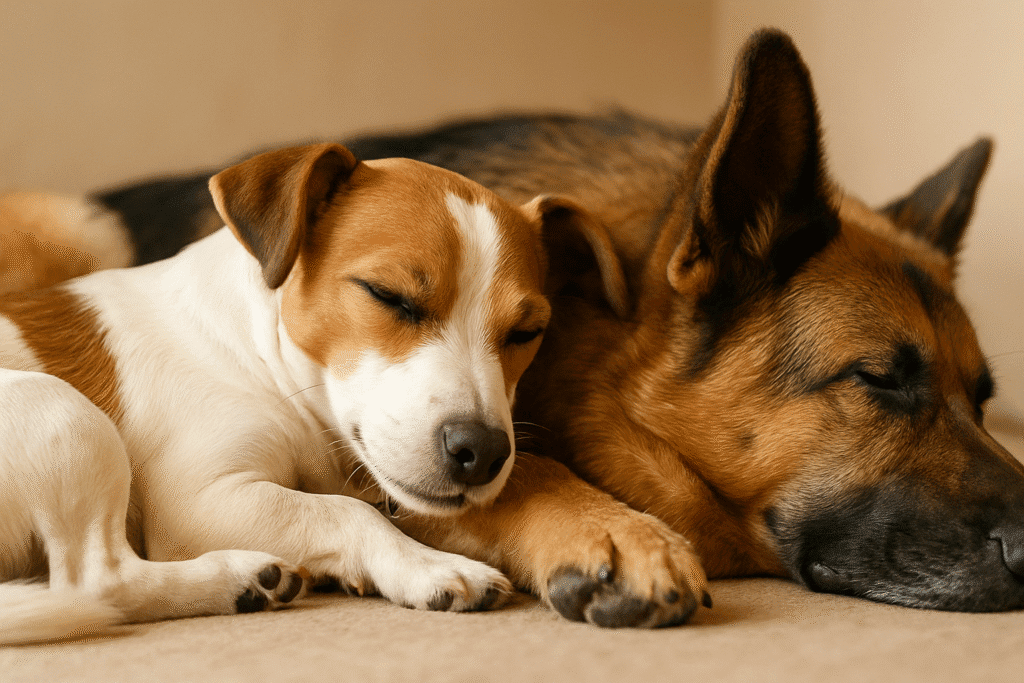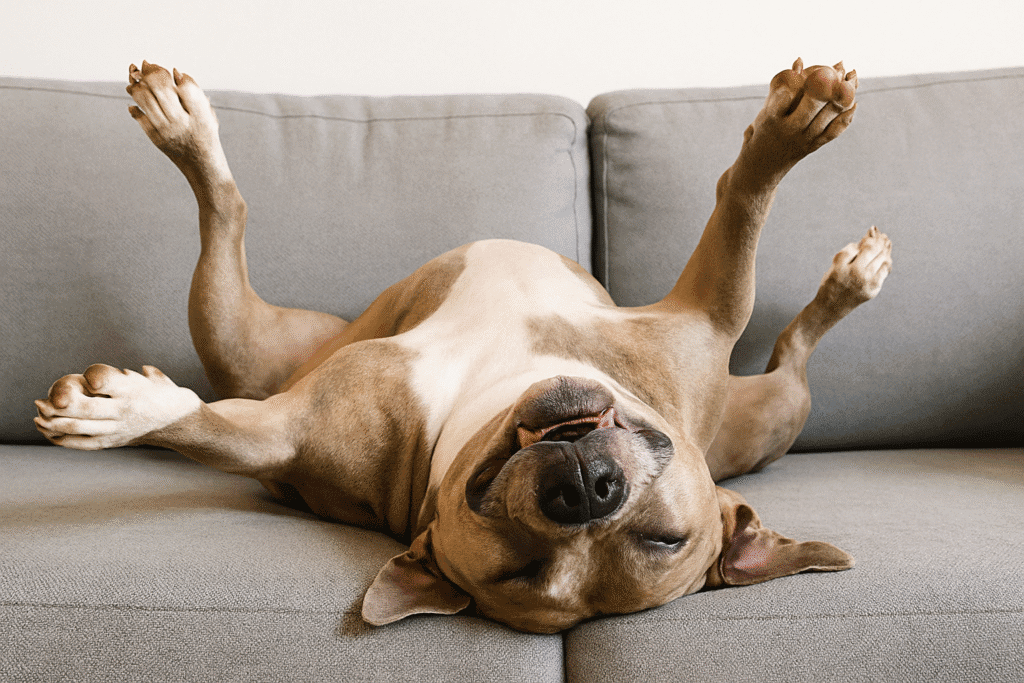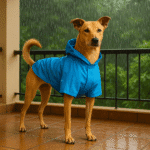Decoding Dog Sleep: What Your Pup’s Sleeping Position and Habits Really Mean
You’re sitting in a quiet room, and the only sound is the gentle breathing of your sleeping dog. Then, it begins. A soft whimper, a quivering lip, a series of muffled “woofs.” Their paws start to twitch, then kick, as if they’re running an invisible marathon right there on the rug. We’ve all witnessed this adorable, mysterious behavior and wondered: What are they dreaming about? Are they finally catching that squirrel? Are they chasing their best friend at the park? Or are they just… glitching?
A dog’s sleep is more than just a cute sideshow; it’s a vital window into their overall health and emotional state. Understanding their habits—from how much they sleep to the funny positions they choose—is a core part of dog wellness. This guide will help you decode the secrets of your dog’s slumber, so you can rest easy knowing they are getting the quality sleep they need to live a happy, healthy life.
The Z’s Explained: Why Do Dogs Sleep So Much?
One of the first things new owners notice is the sheer amount of time dogs spend snoozing. It’s not laziness; it’s biology. While a human adult needs about 7-9 hours of sleep, an adult dog typically sleeps for 12-14 hours a day. For puppies, who are growing and learning at an incredible rate, and senior dogs, who tire more easily, that number can climb to a whopping 18-20 hours.
Unlike humans who typically sleep in one long block (monophasic sleep), dogs are polyphasic sleepers. They have multiple, shorter sleep cycles throughout the day and night. This means they can fall asleep quickly but are also more easily roused—a holdover from their wild ancestors who needed to be alert to danger. Because their deep, restorative REM sleep cycles are shorter than ours, they need more total sleep time to get the same mental and physical benefits.
The Dream Factory: Twitching, Kicking, and Sleepy Woofs
That adorable sleep-running your dog does is one of the clearest signs they are dreaming. Just like us, dogs experience different stages of sleep, including REM (Rapid Eye Movement). This is the stage where dreams happen. During REM, the brain is highly active, but the body is normally in a state of near-paralysis (a condition called atonia) to prevent us from physically acting out our dreams.
In dogs, especially young puppies and older seniors whose brains are less efficient at this paralysis, some of those dream signals “leak” through. This results in the twitching paws, wagging tails, and muffled barks we love to watch. It is a completely normal and healthy sign that your dog is in a deep, restful stage of sleep. The golden rule? Never wake a dreaming dog. Suddenly waking them from a deep REM cycle can be startling and disorienting for them.
The Ultimate Guide to Dog Sleeping Positions
The way your dog chooses to sleep can tell you a lot about how they are feeling. Here are some of the most common positions and what they might mean:
1. The Curled-Up Donut
This is one of the most common positions. The dog curls into a tight ball, nose-to-tail. This posture conserves body heat and protects their vital organs, paws, and face. It’s a primal, defensive position that signifies comfort and security. A dog sleeping in a donut feels safe and content.
2. The Side Sleeper
A dog sleeping flat on its side with legs extended is a dog that is deeply relaxed and comfortable in its surroundings. They are not worried about needing to get up quickly. This position allows for maximum muscle relaxation, meaning they are likely heading for a deep sleep session, complete with dream-twitching.
3. The “Superman” Sploot
Here, the dog is lying flat on its belly with its back legs stretched out behind it and front legs forward, like a furry superhero in flight. This position is great for cooling down on a hard floor and allows the dog to spring into action at a moment’s notice. It’s common in high-energy breeds and puppies.
4. The “Crazy Legs” Back Sleeper
If you see your dog on its back with all four paws in the air, consider it the ultimate compliment. This is the most vulnerable sleeping position. Exposing their belly and vital organs means they feel 100% safe, secure, and confident in their environment. It’s also an effective way for them to cool off quickly, as their belly has less fur.
5. The Cuddle Bug
Whether they are sleeping back-to-back with another dog or snuggled up against your leg, this is a clear sign of bonding and affection. This behavior harkens back to their puppyhood, where they would cuddle with their littermates for warmth and security. It shows they trust you completely and consider you a member of their pack.
Creating the Perfect Sleep Sanctuary
Quality sleep is a cornerstone of dog wellness. You can help your pup get the best rest possible by optimizing their environment:
- Provide a Dedicated Bed: Every dog deserves a comfortable bed of their own in a quiet part of the house where they won’t be constantly disturbed.
- Establish a Routine: Dogs thrive on routine. A consistent schedule for meals, walks, and bedtime can help regulate their internal clock and improve sleep quality.
- Keep the Environment Calm: A quiet, dark, and cool room is the ideal setting for deep sleep. Consider blackout curtains or a white noise machine if you live in a noisy area.
- Allow for a Wind-Down Period: Avoid hyping your dog up with intense games of fetch or tug right before bed. Instead, opt for a calming activity like a gentle chew toy, a lick mat, or a quiet cuddle session.
Conclusion: Sweet Dreams Are Made of This
Observing your dog’s sleep is more than just entertainment; it’s an exercise in understanding. Their snoozing habits provide invaluable insights into their comfort, trust, and overall health. So next time you see your dog’s paws start to dance in their sleep, smile. You’re not just watching a cute quirk; you’re witnessing a sign of a dog who feels safe, loved, and well-rested enough to dream.






